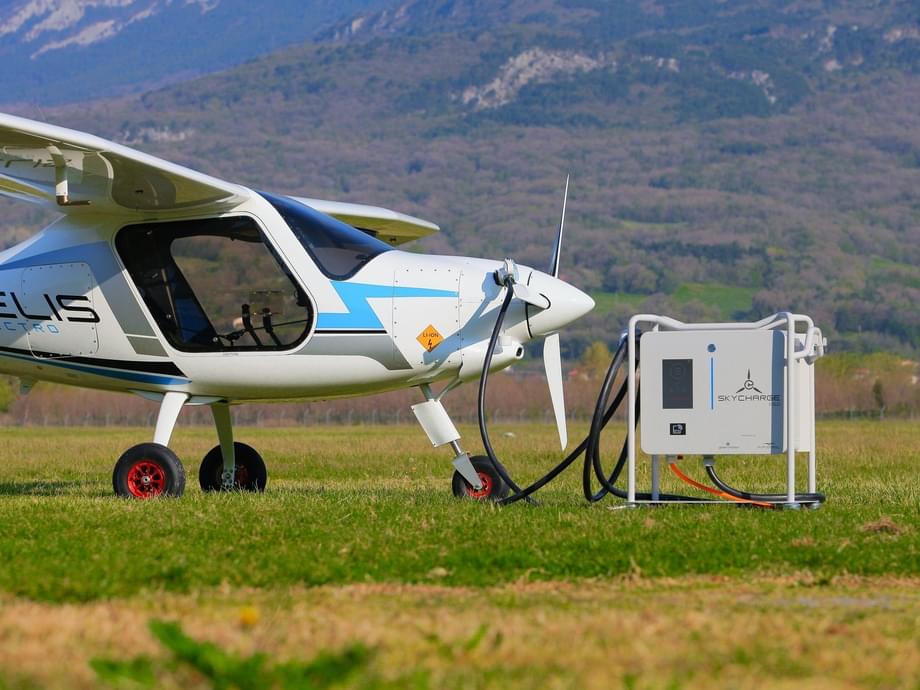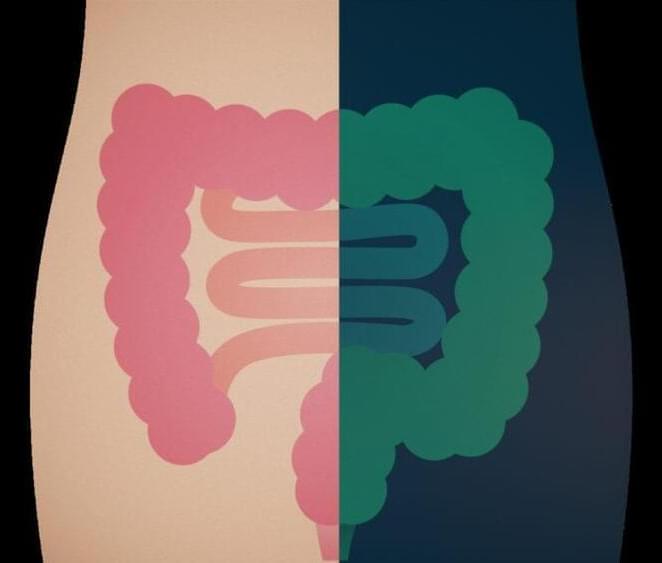
Get the latest international news and world events from around the world.


The world’s first charging station for electric aviation
Skycharge, developed by Green Motion and Pipistrel, has recently been approved by the European Aviation Safety Agency (EASA) as the world’s first OEM-independent electric aircraft charging station.
Pipistrel’s Velis Electro aircraft had already become the first electric aircraft to receive a type certificate from EASA in June last year. The approval of Skycharge is another important milestone on the way to environmentally sustainable aviation.
Skycharge is based on Eaton’s proprietary DC charging technology. The charging infrastructure for electric aircraft and eVTOL (electric Vertical Takeoff and Landing) aircraft offers exceptional conversion efficiency (over 96%), compactness and power density.
You don’t see objective reality objectively: neuroscience catches up to philosophy
Objective reality exists, but what can you know about it that isn’t subjective. According to some neuroscientists, not much.

Life on Alien Planets Could Be More Diverse Than on Earth
The only place in the Universe where we know life exists is on Earth. However, with billions of other star systems in the universe, it may not be the best place for life. In a new study, astronomers modeled the potential for life on other watery planets and discovered some conditions that can create oceans that are optimal for habitability.
The model suggests that watery planets with dense atmospheres, continents, and long days — planets that rotate slowly — were the most suitable for life. These conditions increase ocean circulation, which brings nutrients from the depths to the surface, where they can be used by organisms.
“[The research] shows us that conditions on some exoplanets with favorable ocean circulation patterns could be better suited to support life that is more abundant or more active than life on Earth,” Stephanie Olson, a University of Chicago researcher who lead the new study, said in a press release.

New neuroscience research suggests the cerebral cortex acts as the brain’s hourglass
No one can stay awake forever. While we’re awake, our need for sleep gradually increases. If we deprive ourselves of sleep, our brain functions – such as attention or judgement – are impaired, and sleep becomes irresistible. No matter whether we are on a couch or at work – if we ignore our need for sleep, we ultimately crash.
Although sleep is vital, until now it hasn’t been known which structure of the brain tells us when we are tired. But our recent study has shown in laboratory mice that the cerebral cortex, which is responsible for the most complex brain functions – including perception, language, thought and episodic memory – helps us track our need for sleep.
Why SpaceX’s first private space mission is so important & Jeff Bezos’ reaction
⭐️ Join our Discord server! https://discord.gg/AYcSYdTBFG
🔴 YOU WANT TO SUPPORT THIS CHANNEL? 🔴
🤗 One-Time Donation?
- PayPal: https://paypal.me/JS2TheFuture.
- Bitcoin: bc1qv4lsfsplvfecrrgvmfclhga28we7mvh9563xdj.
🔗 Share the video with anyone who might be interested (it helps a ton!)
👍 Subscribe to our videos FOR FREE:
😏 Tired of YouTube? Then watch ALL our videos on Odysee: https://bit.ly/37yZEKY
CREDIT & A BIG THANK YOU TO:
🙏 Excellent music from Edgaras Žakevičius aka “Stellardrone”. He is an extremely talented musician who produces beautiful space ambient music for free.
🙏 Excellent music from Harris Heller via Streambeats:
https://www.youtube.com/channel/UCQ6hCusHlsIDXqoTbbTHSUQ
🚀 Interested in awesome SpaceX rocket models?
👉 Then go to Bohimso’s 3D printing Etsy-shop https://www.etsy.com/shop/Bohimso for the best Starship and also other spacecraft models!
Disclaimer: This video is purely our opinions.
#2theFuture #JixuanSebastian #TheJSSpaceReport


Major study finds AI is at an “inflection point”
A new report about artificial intelligence and its effects warns AI has reached a turning point and its negative effects can no longer be ignored.
The big picture: For all the sci-fi worries about ultra-intelligent machines or wide-scale job loss from automation — both of which would require artificial intelligence that is far more capable than what has been developed so far — the larger concern may be about what happens if AI doesn’t work as intended.
Get market news worthy of your time with Axios Markets. Subscribe for free.
NASA Turned a Star’s Corpse into Sound — and It’s Magical
NASA Turned a Star’s Corpse into Sound — and It’s Magical.
We all know that there’s no sound in space. However, one project from NASA is turning that fact on its head by transforming images of space objects into beautiful music.
It’s all a part of a “sonification” project by the agency’s Chandra X-ray Observatory and the Universe of Learning program, according to a NASA blog about the topic. The project takes normal charts and images of space and transforms them into sound.
One of the most recent examples of this showcases what the remnants of the Tycho supernova sounds like — and it’s absolutely magical.